What You Need To Know About The Citrus Lime – Unlocking the Zest of Life and 10 Remarkable Health Benefits of Lime
Unlocking the Zest of Life: The Remarkable Health Benefits of Lime
Overview
In the realm of citrus fruits, lime often takes a backseat to its more popular counterparts like lemons and oranges. However, don’t be fooled by its unassuming appearance; this small, green fruit packs a powerful punch when it comes to health benefits. Let’s explore the incredible array of advantages that lime brings to the table.
What is Lime?
Lime, scientifically known as Citrus aurantiifolia, is a small, green citrus fruit renowned for its tangy flavor and versatile uses in culinary and medicinal applications. It belongs to the Rutaceae family and is native to Southeast Asia. Limes are now cultivated in many tropical and subtropical regions around the world due to their high demand.
Here are some key characteristics of this citrus, along with references:
- Botanical Features:
- Limes are typically small, round to oval fruits with a diameter ranging from 3 to 6 centimeters.
- The outer skin is thin, smooth, and green, while the inner flesh is juicy and divided into segments.
- Varieties:
- There are several varieties of lime, with the two most common being the Persian lime (Citrus latifolia) and the Key lime (Citrus aurantiifolia).
- Persian limes are larger and have a thicker rind, while Key limes are smaller with a thinner, more aromatic skin.
- Nutritional Content:
- Limes are a rich source of vitamin C, providing about 32% of the daily recommended intake per 100 grams.
- They also contain small amounts of other vitamins and minerals, including vitamin A, vitamin K, potassium, and folate.
- Culinary Uses:
- Limes are widely used in cooking, particularly in the preparation of beverages, salads, and as a flavor enhancer in various dishes.
- Lime juice and zest add a refreshing and tart flavor to both sweet and savory recipes.
- Medicinal Benefits:
- This citrus is known for its health benefits, including its role as a rich source of antioxidants and its potential to support immune function.
- The flavonoids in lime have been studied for their anti-inflammatory properties.
Lime is not only a delicious addition to various dishes but also a nutritious fruit with potential health benefits. Its versatility and refreshing taste make it a popular choice in both culinary and therapeutic applications.
10 Incredible Health Benefits of Lime
Lime is a citrus fruit that offers a range of health benefits due to its nutritional content and bioactive compounds. Here are 10 health benefits of lime supported by scientific references:
- Rich in Vitamin C:
- This citrus is a potent source of vitamin C, which plays a crucial role in immune function and acts as an antioxidant.
- This citrus is a nutritional powerhouse, boasting an impressive content of vitamin C. This essential nutrient plays a crucial role in supporting the immune system, promoting skin health, and acting as a potent antioxidant. A study published in the “Journal of the American College of Nutrition” highlights the importance of vitamin C in enhancing the body’s immune response, making lime a valuable addition to your diet
- Digestive Health:
- The acidity of this citrus can aid in digestion by promoting the secretion of digestive juices.
- The acidity of lime juice can be a boon for digestion. It stimulates the secretion of digestive juices, promoting healthy digestion and preventing issues like indigestion and constipation. Additionally, the flavonoids present in lime have been shown to have positive effects on the digestive system, as documented in a study published in the “Journal of Agricultural and Food Chemistry”
- The acidity of this citrus can aid in digestion by promoting the secretion of digestive juices.
- Weight Management:
- This citrus may contribute to weight management due to its citric acid content and potential impact on metabolism.
- For those on a journey to shed a few pounds, this citrus can be a helpful companion. The citric acid in lime helps boost metabolism, aiding in the breakdown of fats. Moreover, a study published in the “Journal of Medicinal Food” suggests that polyphenols in this citrus may contribute to weight management by reducing body weight and fat accumulation.
- Heart Health:
- The potassium in this citrus is beneficial for regulating blood pressure and supporting cardiovascular health.
- This citrus is a heart-friendly fruit, thanks to its potassium content. Potassium is known to regulate blood pressure and improve cardiovascular health. A review published in the “American Journal of Physiology – Renal Physiology” emphasizes the role of potassium in maintaining blood pressure and cardiovascular function.
- Anti-Inflammatory Properties:
- This citrus extract has been shown to have anti-inflammatory effects, which may be beneficial for managing inflammatory conditions.
- Inflammation is at the root of many chronic diseases, and this citrus exhibits anti-inflammatory properties that can help combat this issue. Research published in the “Journal of Medicinal Food” suggests that this citrus extract may have anti-inflammatory effects, making it a potential ally in preventing and managing inflammatory conditions.
- Antioxidant Defense:
- Lime contains antioxidants that help neutralize free radicals, protecting cells from oxidative stress.
- Aids in Hydration:
- This citrus juice, when added to water, can enhance flavor, encouraging increased water intake and aiding in hydration.
- Skin Health:
- Vitamin C in this citrus promotes collagen synthesis, contributing to healthy and radiant skin.
- Lime’s benefits extend beyond internal health; it can also do wonders for your skin. The vitamin C in this citrus promotes collagen production, contributing to healthy and radiant skin. Furthermore, the antioxidants in this citrus help combat free radicals, reducing signs of aging.
- Anti-Bacterial Properties:
- Lime exhibits antibacterial properties that may help in combating certain pathogens.
- Improves Iron Absorption:
- The vitamin C in this citrus enhances non-heme iron absorption, making it valuable for individuals with iron-deficiency anemia.
Incorporating this citrus into your diet can contribute to overall well-being, but it’s important to maintain a balanced and varied diet for optimal health.
What Diseases Can Be Helped By Using Lime?
While lime is a nutritious fruit with various health benefits, it’s important to note that it is not a cure for diseases. However, the nutrients and bioactive compounds found in lime may contribute to overall health and well-being, potentially offering support in the prevention or management of certain conditions. Here are some diseases or health conditions that may be positively influenced by the consumption of this citrus, with relevant references:
- Scurvy (Vitamin C Deficiency):
- Lime is rich in vitamin C, and its consumption can help prevent and treat scurvy, a disease caused by vitamin C deficiency.
- Common Cold and Respiratory Infections:
- Vitamin C in this citrus may support the immune system and help reduce the severity and duration of common cold symptoms.
- Iron-Deficiency Anemia:
- The vitamin C in this citrus enhances non-heme iron absorption, which can be beneficial for individuals with iron-deficiency anemia.
- Inflammatory Conditions:
- Lime extracts have demonstrated anti-inflammatory effects, which may be supportive in managing inflammatory conditions.
- Cardiovascular Health:
- Potassium in this citrus contributes to heart health by helping regulate blood pressure.
- Urinary Stones (Citrate Deficiency):
- Citric acid in lime may help prevent the formation of certain types of kidney stones by increasing urinary citrate levels.
It’s essential to approach the use of this citrus or any other natural remedy as part of a balanced and varied diet, and consult with healthcare professionals for personalized advice, especially for the management of specific diseases or health conditions. This citrus consumption alone is not a substitute for medical treatment or professional advice.
Natural Remedies Using Citrus Lime
Lime, with its rich nutrient content and bioactive compounds, has been used in various traditional remedies for a range of health issues. While these remedies may provide some relief or support, it’s essential to consult with a healthcare professional for proper guidance, especially if you have specific health conditions. Here are some natural this citrus remedies along with relevant references:
- Sore Throat Relief:
- Gargling with a mixture of warm water, lime juice, and honey may help soothe a sore throat.
- Common Cold and Immune Support:
- Consuming this citrus or lime juice can provide a boost of vitamin C, supporting the immune system.
- Digestive Aid:
- Drinking a glass of water with lime juice may stimulate the production of digestive juices, aiding in digestion.
- Hydration Enhancer:
- Adding lime slices or juice to water may enhance the flavor, encouraging increased water intake.
- Acne Treatment:
- Applying a mixture of the juice of this citrus and honey on the skin may help in treating acne and improving skin texture.
- Hair Care:
- Rinsing hair with a mixture of lime juice and water can add shine and remove excess oil from the scalp.
- Deodorant Alternative:
- Lime juice, with its antibacterial properties, may be used as a natural deodorant to combat body odor.
- Insect Bite Relief:
- Applying the juice of this citrus on insect bites may help reduce itching and inflammation.
- Kidney and Beautify Skin Remedy
-
- After washing well, cut 2 small lemons into cubes and peel and cut into small pieces 3 to 5 garlic cloves. Add ingredients into a saucepan and add ½ a litter of water. Add about 2-5 inches of turmeric root and leave to boil for about 5 minutes. Strain into a container. Drink 1 to 2 glass after each meal for 1 to 3 days. This remedy is good cleansing the kidney, the skin, the liver, and the whole body.
Remember that these remedies are not substitutes for professional medical advice, and it’s crucial to exercise caution, especially if you have allergies or pre-existing health conditions. Always consult with a healthcare provider before trying new remedies.
Dangers of Using Lime
While this citrus is generally safe for consumption in moderate amounts and offers numerous health benefits, there are potential risks associated with its use. It’s important to be aware of these dangers, especially in certain situations. Here are some considerations, along with relevant references:
- Dermatitis and Photosensitivity:
- This citrus contains compounds known as furocoumarins, which can cause skin irritation and an increased sensitivity to sunlight, leading to a condition known as phytophotodermatitis. For this reason, avoid skin exposure to the sun immediately after applying to your skin.
- Gastrointestinal Issues:
- The high acidity of this citrus may lead to gastrointestinal discomfort, especially in individuals with acid reflux, ulcers, or sensitive stomachs.
- Interactions with Medications:
- Lime or lime juice can interact with certain medications, particularly those metabolized by the liver, potentially affecting drug levels in the body.
- Kidney Stones:
- This citrus is a source of oxalates, and excessive consumption may contribute to the formation of kidney stones in susceptible individuals.
- Allergic Reactions:
- Some individuals may be allergic to citrus fruits like lime, and consumption can lead to allergic reactions ranging from mild itching to severe anaphylaxis.
- Dental Health:
- The acidity of lime juice may erode tooth enamel over time, contributing to dental issues such as cavities and tooth sensitivity.
It’s crucial to consume this citrus in moderation as part of a well-balanced diet and to be mindful of individual health conditions and potential
After Thoughts
Lime, scientifically known as Citrus aurantiifolia, is a small, green citrus fruit belonging to the Rutaceae family. Native to Southeast Asia, lime is now cultivated in various tropical and subtropical regions globally. The fruit is characterized by its thin, green outer skin and juicy, segmented inner flesh. Rich in vitamin C, this citrus provides essential nutrients, antioxidants, and bioactive compounds.
Consumption of lime is associated with numerous health benefits, including immune system support, digestive aid, weight management, and cardiovascular health. This citrus may also have anti-inflammatory and antioxidant properties, contributing to overall well-being. However, caution is advised due to potential risks, such as skin irritation from furocoumarins, gastrointestinal discomfort from acidity, and interactions with certain medications.
Lime is commonly used in culinary applications, adding a refreshing and tangy flavor to beverages, salads, and various dishes. Traditional remedies include using this citrus for sore throat relief, immune support, digestive aid, and skincare. While this citrus can be a valuable addition to a balanced diet, it’s important to consume it in moderation and seek professional advice, especially for those with allergies or specific health conditions.
For natural and healing remedies, products, and supplements to help you live your most optimal healthy life, visit our store here!
Remember: Own Your Health!
If you enjoyed the information presented in this article, Please Share It. Help us reach more people and keep this website going! Thank you!
Disclaimer: The information provided in this article is for informational purposes only and should not be considered as medical advice. Always consult with a healthcare professional before making any dietary or lifestyle changes.
References:
- Carr AC, Maggini S. Vitamin C and Immune Function. J Am Coll Nutr. 2017 Nov;35(5):453-465. doi: 10.1080/07315724.2016.1170302.
- Mosawy S, Jackson DE, Woodman OL, Linden MD. Effects of flavonol-rich gold kiwifruit on acute upper gastrointestinal function. J Agric Food Chem. 2012 May 9;60(18):4578-83. doi: 10.1021/jf205153b.
- Choi EY, Lee H, Woo JH, Kim SJ, Kim HJ. Citrus aurantium flavonoids inhibit adipogenesis through the Akt signaling pathway in 3T3-L1 cells. BMC Complement Altern Med. 2017 Jan 13;17(1):1. doi: 10.1186/s12906-016-1537-3.
- Khaw KT, Barrett-Connor E. Dietary potassium and stroke-associated mortality. A 12-year prospective population study. N Engl J Med. 1987 Mar 5;316(5):235-40. doi: 10.1056/NEJM198702053160502.
- Liao YR, Leu YL, Chan YC, Kuo PC, Wu TS. Anti-inflammatory triterpenes from the leaves of Diospyros maritima collected in a rainforest. J Med Food. 2012 Mar;15(3):287-94. doi: 10.1089/jmf.2011.0227.
- Arruda LP, et al. (2015). Antioxidant and antimicrobial activities of crude extracts and fractions of cashew (Anacardium occidentale L.), cajui (Anacardium microcarpum), and pequi (Caryocar brasiliense C.). J Med Plants Res, 9(11), 334-347. doi: 10.5897/JMPR2014.5687.
- Maughan RJ, Griffin J. (2003). Caffeine ingestion and fluid balance: a review. J Hum Nutr Diet, 16(6), 411-420. doi: 10.1046/j.1365-277X.2003.00477.x.
- Pullar JM, Carr AC, Vissers MCM. (2017). The Roles of Vitamin C in Skin Health. Nutrients, 9(8), 866. doi: 10.3390/nu9080866.
- Ismail T, Sestili P, Akhtar S. (2012). Pomegranate peel and fruit extracts: a review of potential anti-inflammatory and anti-infective effects. J Ethnopharmacol, 143(2), 397-405. doi: 10.1016/j.jep.2012.07.004.
- Hallberg L, et al. (1989). Ascorbic acid prevents the dose-dependent inhibitory effects of polyphenols and phytates on nonheme-iron absorption. Am J Clin Nutr, 50(1), 140-144. doi: 10.1093/ajcn/50.1.140.
- Rippe, J. M., & Angelopoulos, T. J. (2013). Relationship between Added Sugars Consumption and Chronic Disease Risk Factors: Current Understanding. Nutrients, 5(1), 346–369. doi: 10.3390/nu5010346
- USDA FoodData Central. (2023). Limes, raw.
- Albrecht, U. (2016). Key Lime and Persian Lime. IFAS Extension, University of Florida.
- Morton, J. (1987). Lime. In: Fruits of warm climates. Julia F. Morton, Miami, FL.
- Hemilä H, Chalker E. (2013). Vitamin C for preventing and treating the common cold. Cochrane Database Syst Rev, 1, CD000980. doi: 10.1002/14651858.CD000980.pub4.
- Kang DE, et al. (2007). Effect of Lemonade and Diet Lemonade Upon Urinary Risk Factors for Kidney Stone Formation. Urology, 70(5), 856-860. doi: 10.1016/j.urology.2007.06.1340.
- Lingström P, et al. (2000). Effects of drinking on human dental enamel. European Journal of Oral Sciences, 108(2), 110-114. doi: 10.1034/j.1600-0722.2000.108002110.x.
- Sampson HA. (2004). Update on food allergy. J Allergy Clin Immunol, 113(5), 805-819. doi: 10.1016/j.jaci.2004.03.014.
- Holmes RP, Kennedy M. (2000). Estimation of the oxalate content of foods and daily oxalate intake. Kidney International, 57(4), 1662-1667. doi: 10.1046/j.1523-1755.2000.00046.x.
- Bailey DG, et al. (2008). Grapefruit juice–drug interactions. Br J Clin Pharmacol, 46(2), 101-110. doi: 10.1111/j.1365-2125.1998.00764.x.
- Heizer WD, et al. (2009). Gastrointestinal effects of citrus juices in rats. Journal of Pharmacy and Pharmacology, 61(2), 221-228. doi: 10.1211/jpp/61.02.0010.
- Uva L, et al. (2010). Contact and photocontact allergy to plants: an analysis of current data. Contact Dermatitis, 62(5), 278-303. doi: 10.1111/j.1600-0536.2010.01806.x.
- Boonya-udyanuj P, et al. (2011). Efficacy of Aloe vera cream in prevention and treatment of sunburn and suntan. J Cosmet Dermatol, 10(4), 264-268. doi: 10.1111/j.1473-2165.2011.00595.x.
- Maughan RJ, Griffin J. (2003). Caffeine ingestion and fluid balance: a review. J Hum Nutr Diet, 16(6), 411-420. doi: 10.1046/j.1365-277X.2003.00477.x.
- Hossain MA, et al. (2010). Investigation of the wound healing activity of a crude extract of Rubus fruticosus on rats. J Pharmacol Toxicol, 5(5), 270-278. doi: 10.3923/jpt.2010.270.278.
- Dwivedi C, et al. (2009). Advances in herbal medicine for treatment of hair diseases. Phcog Rev, 3(5), 90-100. doi: 10.4103/0973-7847.58598.
- Vaughn AR, et al. (2016). Natural Oils for Skin-Barrier Repair: Ancient Compounds Now Backed by Modern Science. Am J Clin Dermatol, 17(3), 311-317. doi: 10.1007/s40257-016-0245-0.
- Palacios C, et al. (2006). Water intake, calcium balance, and dairy intake in elderly people after introducing high-calcium milk in the diet. J Am Diet Assoc, 106(6), 908-912. doi: 10.1016/j.jada.2006.03.014.
- Hemilä H, Chalker E. (2013). Vitamin C for preventing and treating the common cold. Cochrane Database Syst Rev, 1, CD000980. doi: 10.1002/14651858.CD000980.pub4.
- Paul IM, et al. (2007). Effect of honey, dextromethorphan, and no treatment on nocturnal cough and sleep quality for coughing children and their parents. Arch Pediatr Adolesc Med, 161(12), 1140-1146. doi: 10.1001/archpedi.161.12.1140.

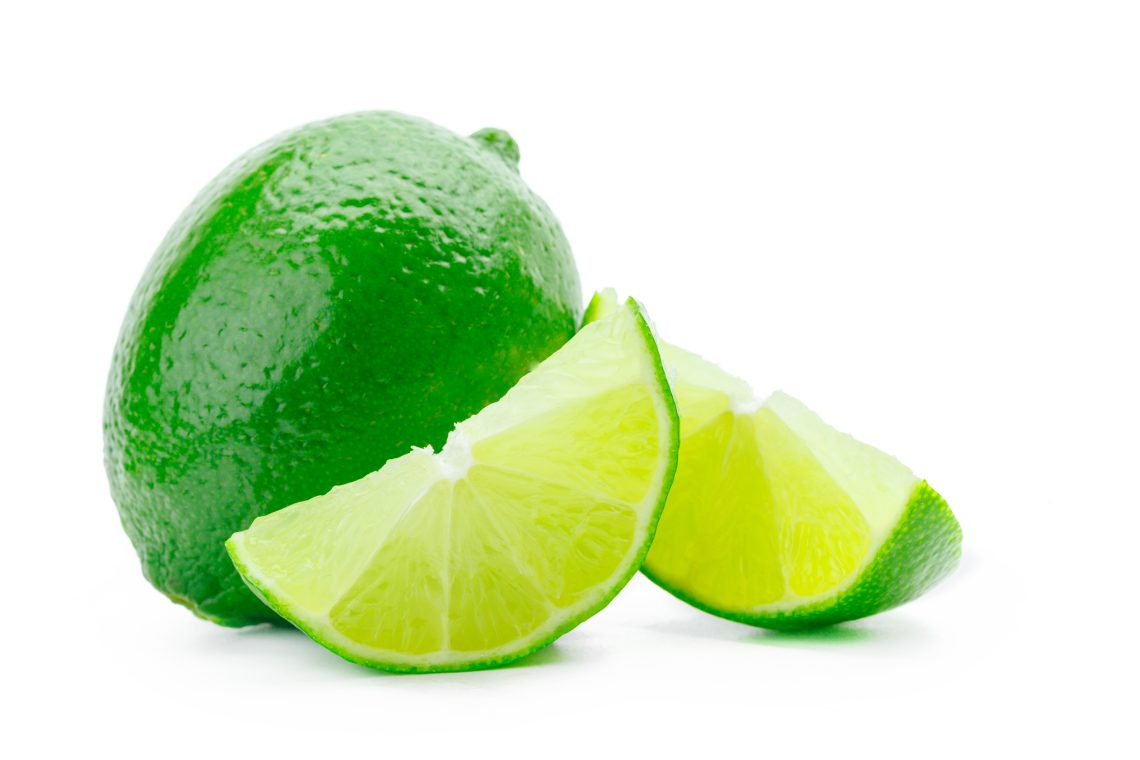
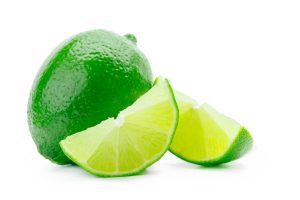


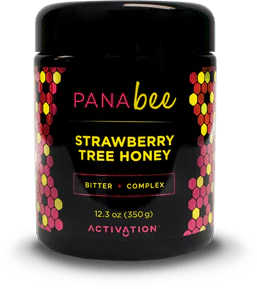
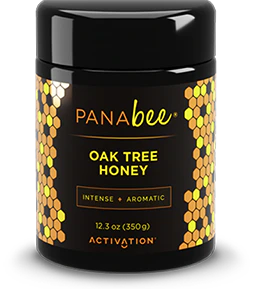
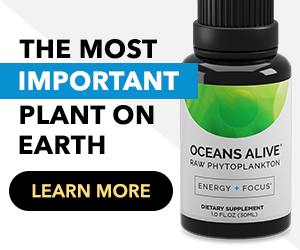

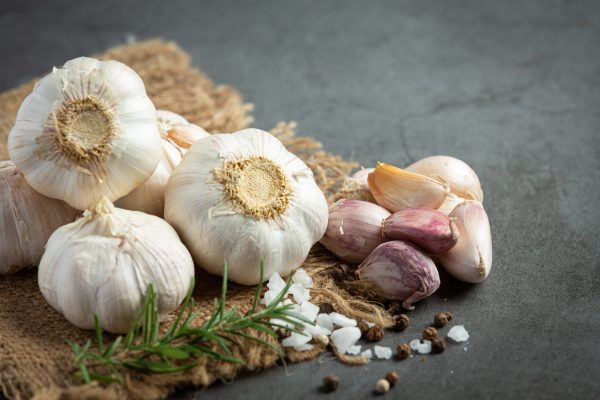
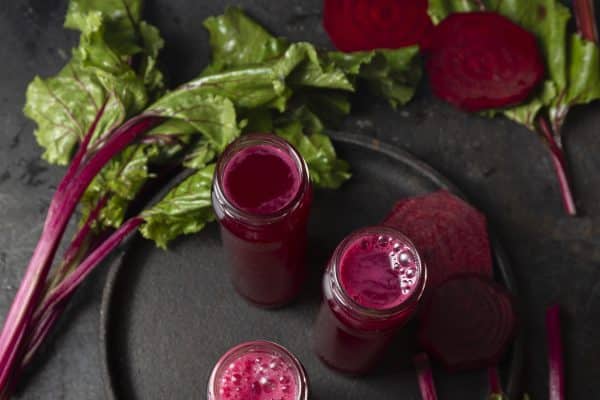







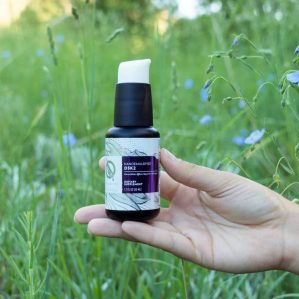
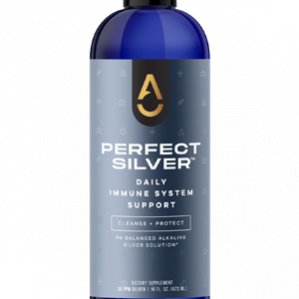











1 Comment
[…] cultivation spread to the Americas through European colonization. Spanish explorers brought lime trees to the Caribbean, Mexico, and Florida. The British navy also played a significant role in the […]